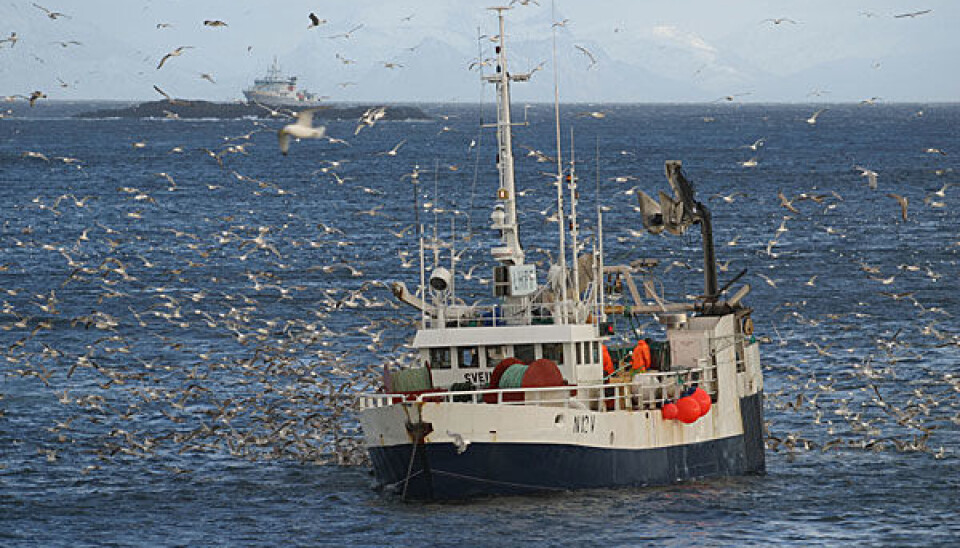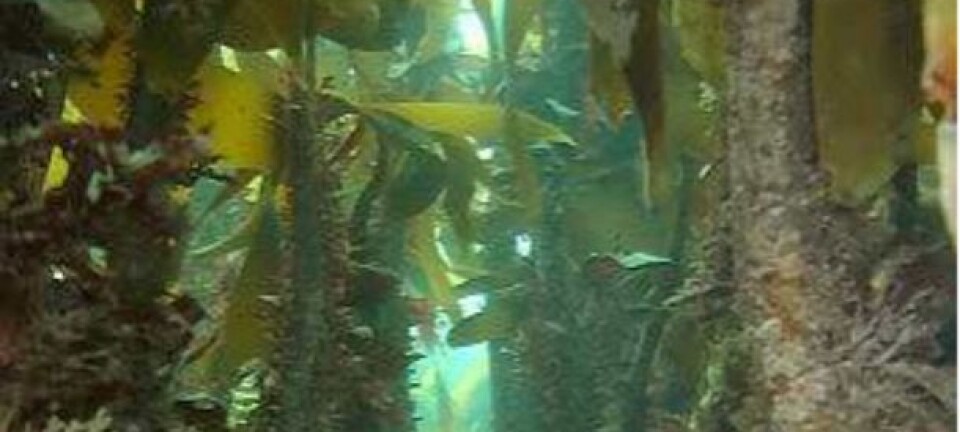This article was produced and financed by Nofima The Norwegian Institute of Food, Fisheries and Aquaculture Research

Tracing fish can be profitable
Seafood companies can profit from introducing more traceability in their production. But not all companies realize that they gain from tracing more than the law instructs.
Denne artikkelen er over ti år gammel og kan inneholde utdatert informasjon.
Motivation for implementing traceability is strongly linked to costs and benefits.
If the companies do not see the benefits, they will not make the necessary investments and changes to implement it, according to scientist Kine Mari Karlsen at Nofima, who recently presented her doctoral thesis on traceability.
The requirements relating to the documentation of food have increased markedly in recent years. Consumers and companies alike are interested in obtaining more information concerning the origin, production processes and other properties of the foods.
Statutory

Food scandals in the 1990s resulted in traceability being included in the Norwegian Food Act. This act requires companies to document their suppliers and customers. Traceability systems may also be used to document various properties and processes in food production, such as quality and optimising of production.
Today Norwegian seafood companies already meet the requirements of the Food Act. However, if they want to use the information obtained to optimise their production, they should trace more of the processes.
Costs and benefits
The companies' motivation for implementing traceability is strongly linked to costs and benefits. Take for instance the following scenario:
A production plant sells fish to a wholesaler who in turn distributes the fish to a supermarket. The supermarket wants to offer its customers more detailed information about the fish, such as origin, and asks the wholesaler to organise this. The wholesaler then must convince the production plant that more information about the fish is needed. The production plant manager might then ask himself: What do we get in return for doing this?
“The key is to develop a traceability system based on the user’s needs, and at a price that is acceptable,” says Karlsen.
Not complicated
Implementing traceability does not need to be complicated, accordning to Karlsen. It all depends on what type and what amount of information is needed.
The amount of information that needs to be traced depends on usages.
“Not all companies need to trace every last detail of the production process, but can stop at the statutory requirements. For other companies it will make sense to trace much more, for example if they want to increase the efficiency of the company and achieve better control of the production,” says Karlsen.
Her study was conducted by mapping information loss in three different supply chains (clipfish, fresh fish and farmed salmon), as well as studying critical criteria in the implementation of traceability for fresh fish.
In addition, she studied different traceability levels in a supply chain for farmed salmon. The study demonstrates that the traceability level plays an important role in the implementation of traceability in seafood companies.
---------------------------------------------
Read the article in Norwegian at forskning.no
































